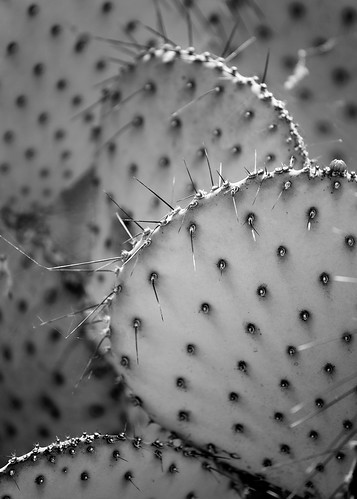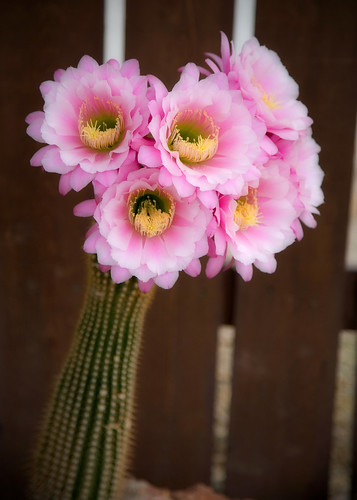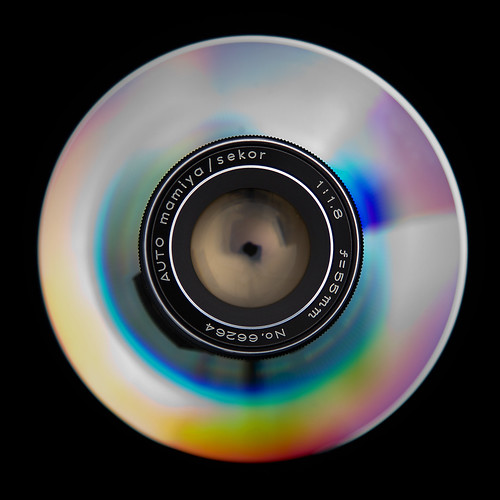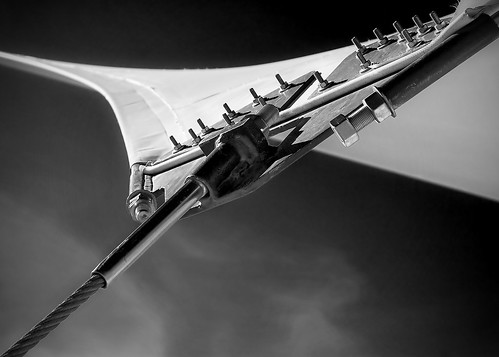Posing Pumpkin
Michelle and I shot a wedding on Saturday night. It wasn't a traditional ceremony, but instead a renewing of vows celebrating the couple's 10 years of marriage. This means that it included not only the (already married) bride and groom, but their five children as well.
This shot of me was made by Michelle as I was posing the youngest daughter for her portrait. While I was showing how I wanted her to hold the flowers, I asked her name. Her response: "Pumpkin". It was definitely an "awwww..." moment. She gave me a nice smile for the rest of the evening whenever I called her Pumpkin.
Canon 30D, Canon 50 f/1.8 lens - 1/30 second, f/1.8, ISO 200

































